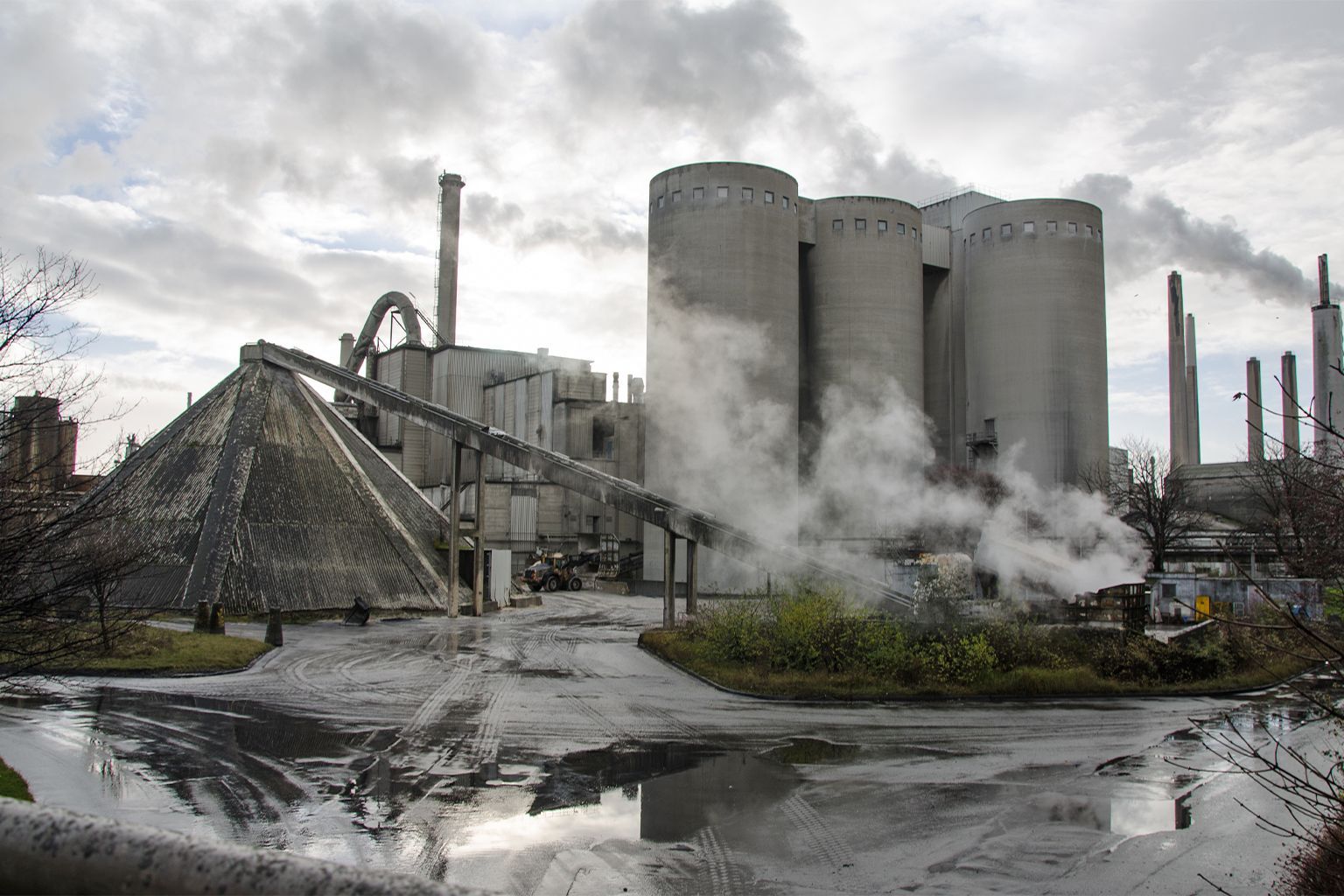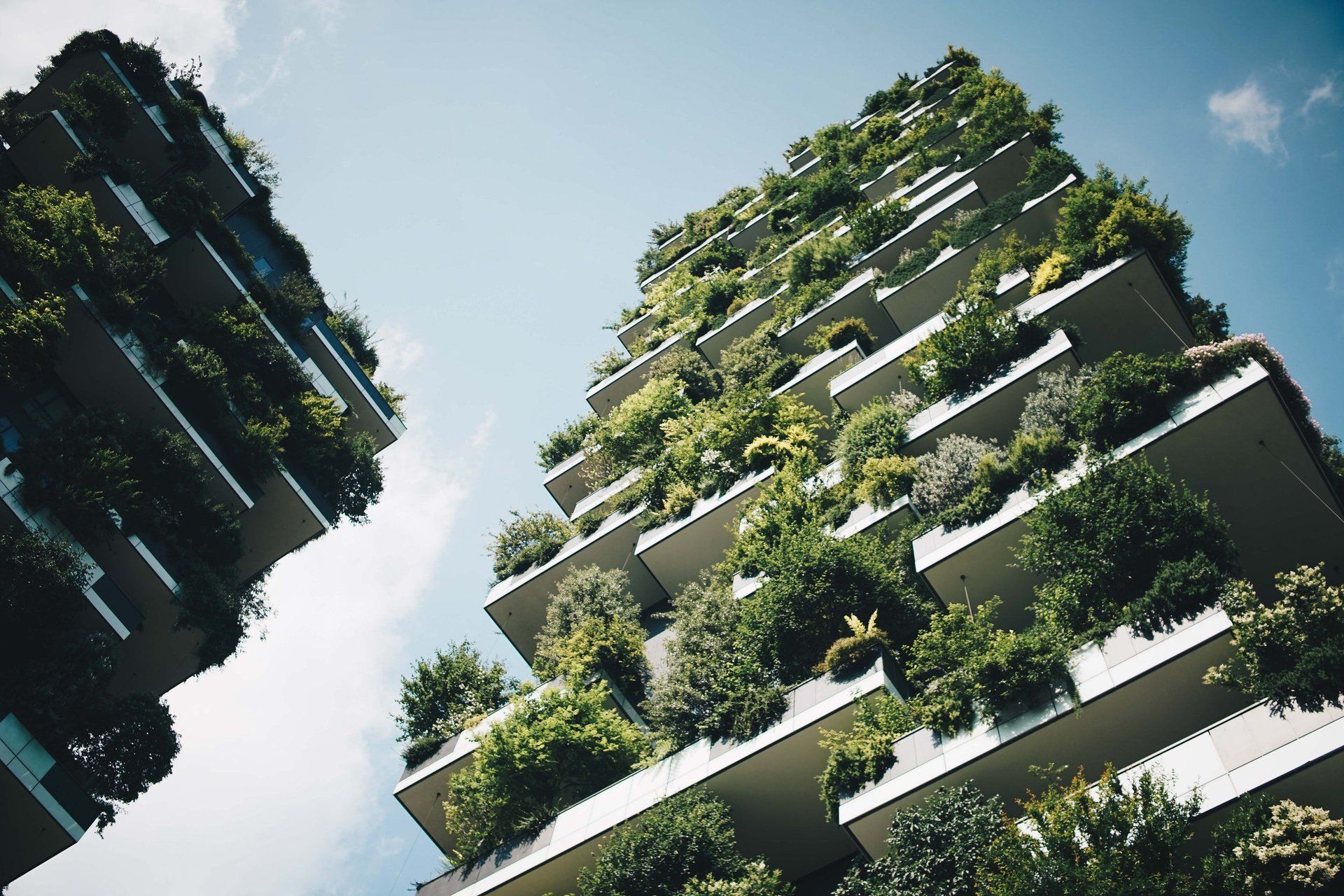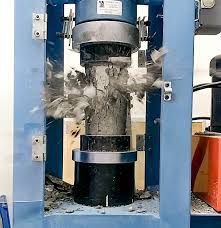- US and European firms won 85 per cent of infrastructure contracts back in 1990, according to Hinrich Foundation report
- But that has changed since Beijing made a strategic pivot to the continent and launched the Belt and Road Initiative

In the 1990s, about eight out of 10 contracts to build infrastructure in Africa were won by Western companies.
That started to change when China made an aggressive push into the continent, with a “going out” strategy that encouraged Chinese companies to venture overseas in search of markets and raw materials.
By 2013, when Xi Jinping became China’s president, Western firms were running 37 per cent of African infrastructure projects versus 12 per cent for Chinese companies, according to a new report by the Hinrich Foundation, an Asia-based philanthropic organization.Now, the tables have turned. Chinese companies accounted for 31 per cent of African infrastructure contracts valued at US$50 million or more in 2022, compared with 12 per cent for Western firms, the study on Africa’s growing clout in global trade and geopolitics found.
Chinese companies have built multibillion-dollar projects across the continent, including ports, railways, highways, bridges and hydroelectric dams – fuelled by Beijing’s vast Belt and Road Initiative.
“This is a big change from 1990, when US and European companies won 85 per cent of African construction contracts,” according to the study conducted by Keith Rockwell, a senior research fellow and former World Trade Organization director.Rockwell said that under the belt and road strategy, launched in 2013, China had funded mega projects worth billions of dollars such as railways in Kenya and Ethiopia and ports in Djibouti and Nigeria.
In 10 years, engagement through the initiative has exceeded US$1 trillion globally, according to estimates by the Green Finance and Development Centre at Fudan University in Shanghai.
Rockwell noted that China is also Africa’s largest trading partner, with US$250 billion in trade in 2021 compared with US$62 billion in US-Africa trade.
The study found that Chinese infrastructure projects in sub-Saharan Africa totalled US$155 billion over the past two years, and that such investments had given Beijing leverage over African governments. By contrast, total US foreign direct investment in Africa came to US$44.8 billion in 2021.
“With such close trade and business relations it’s no surprise that China is winning the lion’s share of infrastructure project contracts,” Rockwell said.
Aly-Khan Satchu, a sub-Saharan Africa geoeconomic analyst, said China had been more innovative in its financing and was “significantly speedier” in making its strategic pivot to the continent.“Of course, there have been nuances in this pivot. In the early stage Africa’s balance sheet was emerging from a restructuring and debt forgiveness and therefore there was a significant amount of space and China’s lending reflected this in its ‘aggressive’ initial phase,” Satchu said.
However, Rockwell noted that China is encountering some headwinds in its dealings with Africa. He said projects including a railway in Kenya and a traffic lighting project in Ghana had been controversial and had generated negative public reaction.
He said belt and road lending had fallen by 55 per cent from 2021 to 2022 to US$7.5 billion while overall lending fell from US$28.4 billion in 2016 to US$1.9 billion in 2020. “Some of this is due to the difficulty some African countries have faced in meeting their debt obligations,” Rockwell added.
Still, he said China’s relations with Africa were “broad and deep” and likely to remain strong for many years.
According to the study, China is clearly ahead in the great power competition for political and economic relationships in Africa. During the Donald Trump era, the US turned its back on Africa, while relations between Europe and its former African colonies have deteriorated, and China “rushed to fill the void”.
That includes the exploration and extraction of critical metals such as cobalt and lithium – essential raw materials for making the rechargeable batteries that power electric vehicles and solar panels.
The study noted that Chinese companies have stolen a march on their US and EU rivals in converting metals to raw materials for batteries. Chinese companies are now sourcing lithium from Zimbabwe and Namibia while the Democratic Republic of Congo and Zambia are top sources for cobalt.
China’s share of global lithium refining capacity is 58 per cent and until similar facilities are operational in Europe, the US or Africa itself, China will be the main customer for Africa’s lithium, the study said, citing the International Energy Agency.
But it noted that Brussels and Washington are playing catch-up. To counter China’s belt and road scheme, the US and its Group of Seven partners last year pledged US$600 billion over five years to the Partnership for Global Infrastructure and Investment. Africa is likely to be the principal recipient of these funds.
The US has pledged to fund construction of the Lobito corridor railway line to transport minerals from the DRC and Zambia to the port on Angola’s Atlantic coast.
The European Union in 2021 also unveiled the Global Gateway, which aims to mobilise up to €300 billion (US$330 billion) in investments between 2021 and 2027 to counter Chinese investments in developing countries, including in Africa.
Satchu said China had an “unassailable lead” in Africa, with significant “assets” on the ground after more than two decades of engagement.
“Both the US and Europe need to come to the party in the context of the battle for minerals, which will power the new economy,” he added.
the source of this article is https://www.scmp.com/news/china/diplomacy/article/3230790/china-winning-lions-share-construction-projects-africa-study-finds
Tensor Blogspot










